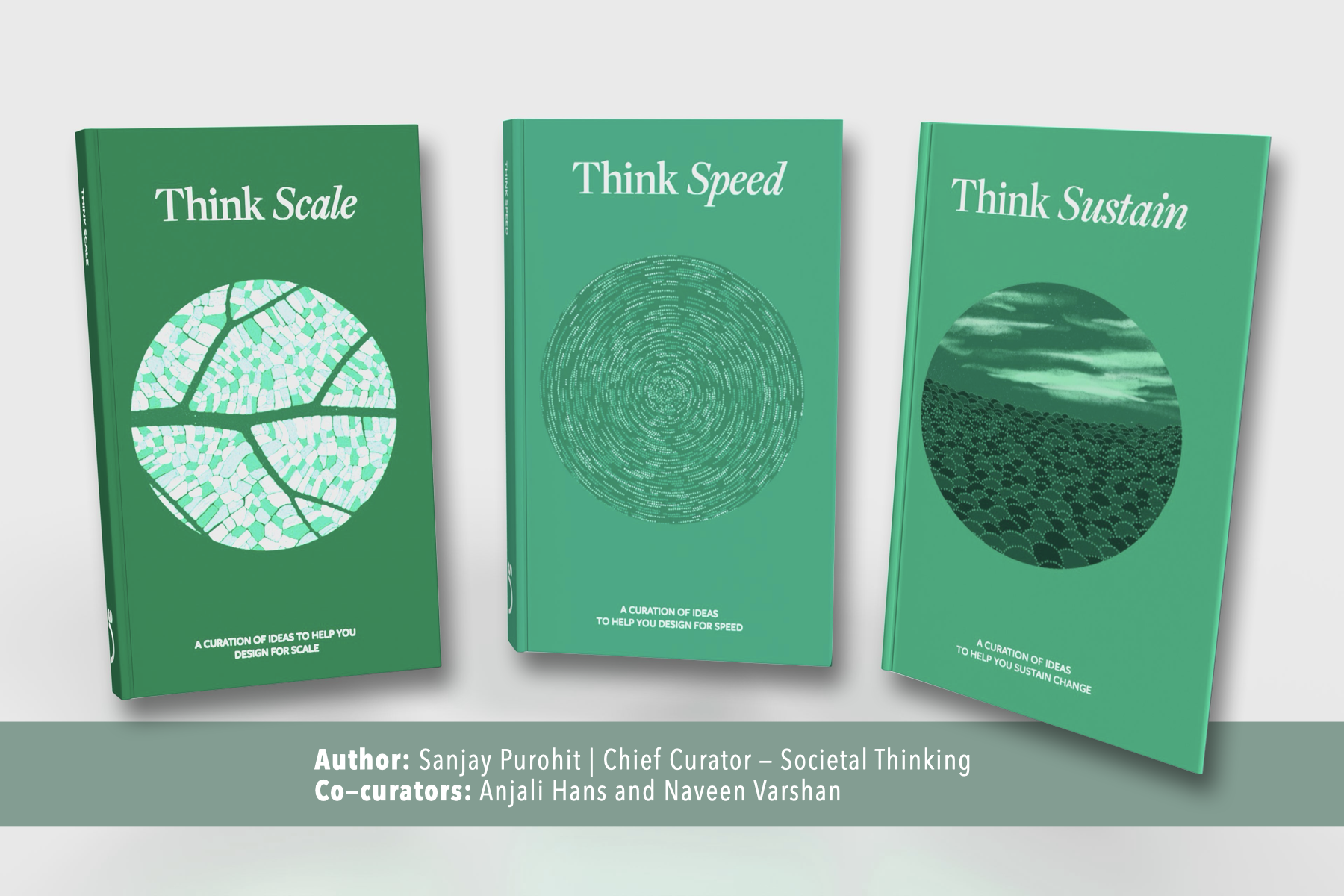All of last week, my social media feed was plastered with news around India ranking 127 out of 146 in the recently released annual ‘Gender Gap’ Report, 2023. There was some rejoicing about India having climbed up 8 spaces, but largely, there was a huge sense of trepidation around what it will take to bring 48% of the most populous country in the world on par with the rest 52%.
The gender gap in the labour market refers to the differences in access to employment opportunities, wages and career progression between men and women. There are many levers at play to fill the gap that exists today – from policy changes to improved infrastructure to access education, skilling, and jobs; from bridging the awareness, interest, desire and action gap in girls to change in societal norms and behaviour in men and boys. These may bridge the gaps of today, but will this take care of the gaps that will appear tomorrow? A few statistics from the report made me pause and think – Are we doing enough today?
- Informal vs Formal work: ILO estimates that 80% of jobs created for women are in the informal economy, but for men, that percentage is 67%. Informal jobs don’t offer legal/social protection, don’t guarantee a safe working environment, offer minimal wages and no career growth prospects. Worst of all, in case of economic distress, these are the first jobs to go away. What will open up women’s access to formal jobs?
- Gap in the future markets: Women make up almost half (49.3%) of total employment across non-STEM occupations, but just 29.2% of all STEM workers. With improved access to education and skilling, there are more STEM women graduates every year but retention of women in STEM careers even one year after graduating sees a significant drop. How can this transition from university to a sustained STEM career be smoother? Is it a matter of mentoring, job availability, mindset shifts?
- Online learning gap: Women are taking fewer STEM-related courses and fewer higher proficiency courses as compared to men. Despite fewer hours of learning, women are outpacing men in achieving proficiency in skills that take relatively longer to acquire. Improving women’s access to skilling opportunities will be critical to responding to the rapid shifts in the skills needed in the job market.
- “Drop to the top”: The gender gap widens as seniority increases, the ratio of women in C-suite (individuals who have direct reports and leadership responsibilities for the entire business function) vs entry-level representation in most sectors is below 50%, globally. So less than half of the women who start working make it to the top. What will narrow this gap? From my own experience, better distribution of care work, better care facilities, and mentoring support are on top of my list.
At Societal Thinking, Equity is one of our core focus areas and the sliver of Equity that currently I am focusing on, is “What will make a person (who has historically been marginalised) feel that they have the freedom to participate in society equally?” At the individual level, participation could mean an amalgamation of 3 factors:
- Access: Do I have the means to participate?
- Acceptance: Does society accept me when I participate?
- Assistance: Does society help me to participate better?
What transitions in Access, Acceptance and Assistance will make sure that the Gender gap in the labour market closes faster than the current outlook of 131 years to parity?
 Back
Back


